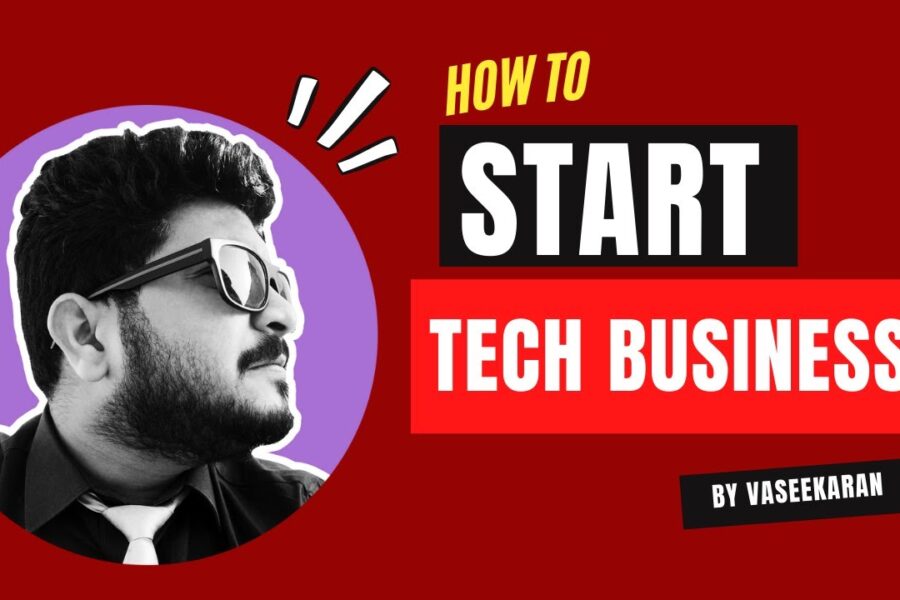ATMs had been in use ever since 1967 when the Barclays Bank first installed it in Enfield, north London. It took almost two decades to find it’s way to India when HSBC installed one in Mumbai. In short, we can’t remember a time before ATMs.
Some of you might have heard about the term ‘Virtual ATMs’. It’s been around for quite some time now but not gained much popularity outside the FinTech space. Hearing the name, some of you might get some vague ideas about what is it how it works. Before we go further into the topic, let’s just quickly cover what it is.
What Is Virtual ATM & How It Works?
ATMs are huge, heavy and antique. They are the modern-day equivalent of IBM’s Sage from 1957. What have we learned about making things easier in this era of financial technology revolution? We know how to put large & bulky things inside an app that is beautifully designed and provides a wonderful user experience.
In simple words, you are in a place where there are no ATMs So, you simply approach a stranger and ask for some cash and in return, you transfer the exact amount to their bank account. Now, this may happen over cheque, NEFT, RTGS, demand draft, IMPS, UPI or whatever means possible. It’s simply getting physical money in hand and transferring the money in your bank account to them. Some of you might have done this before with your friends, family & co-workers. Those people do it because they trust you. But, building it as a business model can be a little tricky because there is an element of trust involved.
Enabling Virtual ATMs In SME Networks.
Replicating the same in a business can be as simple as using a POS machine. You go into a shop or a gas station and make a payment using your card or mobile wallet or any other medium like Google Pay, Apple Pay & so many other options. Once the transaction gets through, the hand you the cash from their cash registry. Even though this sounds like something that would work but businesses would never go for it as they have to pay rent/commission to the bank/service provider like PayTM for using the POS machine/QR Code. So there needs to be a system where this could be beneficial for the store owner.
Enter Virtual ATM startups. There are startups like SOCASH bases in Singapore & SONECT based in Zurich, Switzerland that helps banks and service providers to enable virtual ATMs at their network of Small & Medium Enterprises (SMEs).
How Do They Do It?
Like I mentioned earlier, the principal is to transfer virtual money from a bank account or a service provider to a shop and to collect cash on the spot. Companies like SOCASH & SONECT brings in a structure into the play. It creates governance and trust between the ATM and the cardholder. It goes like this.
- You open your Virtual ATM mobile app or the functionality built into your banking app and look for the nearest Virtual ATM.
- You locate one closest to you and head over there. It will be one of the many cash-based businesses.
- You enter the amount you want to withdraw from your account and hit proceed. It will create a one time QR code.
- You show the QR to the cashier and he/she will scan it through a special virtual ATM app provided to them by the bank.
- There may be further authentication to ensure safety but at the end of the transaction, the amount you entered will be debited from your account and credited to the shop’s account.
- Then the cashier will hand you the cash you entered on the app.
It sounds like a sweet system. But we don’t see these kinds of systems in India partially because ATMs are mostly by banks that are very traditional in nature. A plan like this would take years of planning and maximum effort because of their multiple layers of crippling bureaucracy. Partly because India is one of the fastest-growing digital economies on the planet. I cannot remember the last time I was in an ATM to get cash. Virtual money is accepted almost everywhere. The rising popularity of UPI is disrupting all the other payment methods including card payments.
Regardless of the growth in payment technologies, lots of rural parts of the country still rely on cash. There are players who cater to this segment such as India Post Payments Bank (IPPB). It is a banking company formed by the India Post. The postal department offers various financial services like savings accounts and current accounts. Using this new company and the payment bank license from the RBI they want to provide more services including Virtual ATMs through their network of post offices.
Fino Payments Bank is doing something different in terms of the SME network. They announced a partnership with Bharath Petroleum Corporation Limited (BPCL). Using the network of Barath Petroleum pumps all over the country, they plan to provide financial products and services including Virtual ATM.
What’s In It For The Businesses?
Be it a Kirana store by a family or a gas station operated by a private company. They need customers to walk into their place of business and hopefully buy something. These financial providers help them with this a provide them with some benefits.
- Usually, there’s no investment from a business to be a partner. The bank provides all the necessary instruments and training to provide services on behalf of the bank.
- Their business is listed in the bank’s mobile app so then when a user searches for the nearest ATM, the partner’s shop will be displayed on the app which leads to an increase in foot traffic.
- The shop earns a commission or some type of remuneration for the service they provide on behalf of the bank.
That’s about it. This is more than enough for a small business to partner with a large bank or a financial services company.
Conclusion
In conclusion, apart from Virtual ATM service, the banks, and financial services companies can provide additional services like mutual finds investments, insurance and much more. We remember the Kirana stores and other small businesses that provided easy recharge services on behalf of the telecommunication giants. Even today in rural areas, easy recharge, sim card sales & activation are done by Kirana stores with the help of a special mobile application provided by the telecom companies. The same principle can be applied in the banking industry.
Virtual ATMs might not work out in cities because of the growth in digital transactions but it might work in villages because of their need to use cash in their day to day operations. Certainly, other services can be provided very easily. Fingers crossed.
Key Takeaways
- Financial services using the SME network will help the bank save tons of money.
- Thousands of small businesses will boost their revenue which will result in the growth of the economy.
- Reduction in maintenance costs will bring down the cost significantly.
- Millions will be able to access financial solutions at a fraction of a cost.
- I discussed the importance of Credit Access in another post. This network will be able to provide credit access and bring in millions of people into the “New to credit” sector.
- This will be one of the biggest mediums that will drive financial inclusion.
Do you have more to add to the story? Share it in the comments below.


